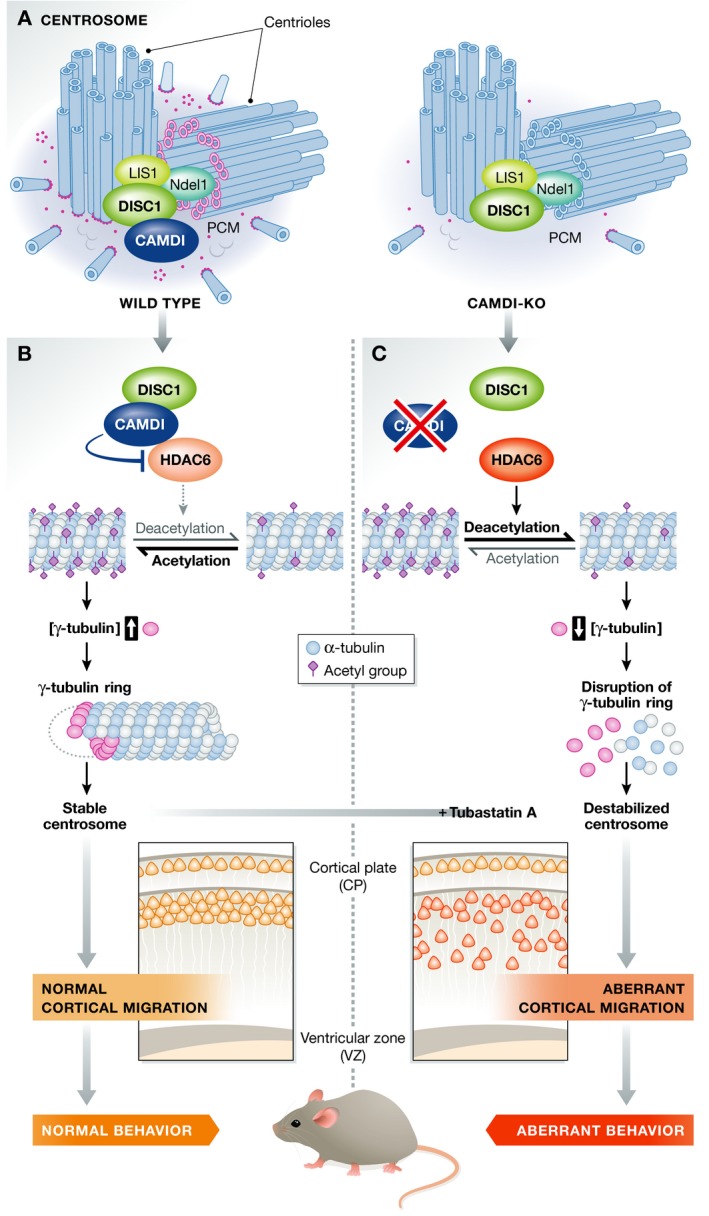Figure 1. CAMDI represses HDAC6 activity to promote centrosome stability and neuronal migration.

(A) Left: In wild‐type mice, the DISC1‐interacting protein CAMDI is located at the centrosome, along with DISC1 and other DISC1 interactors key for microtubule transport. Right: The absence of CAMDI possibly reduces γ‐tubulin ring formation. (B) When CAMDI is present, DISC1 binds to CAMDI, recruiting it to the centrosome. CAMDI in turn binds to HDAC6 and inhibits its deacetylase activity. Consequently, acetylated α‐tubulin is increased, which allows γ‐tubulin to accumulate in the centrosome and form γ‐tubulin rings. The centrosome is stabilised. This results in normal migration of cortical neurons and normal mouse behaviour. (C) In CAMDI KO mice, loss of CAMDI protein results in HDAC6 overactivation and deacetylation of α‐tubulin. This blocks the formation of γ‐tubulin rings and destabilises the centrosome. Cortical migration is delayed and mouse behaviour impaired. Addition of Tubastatin A can reverse the effects of CAMDI KO on cortical migration.
